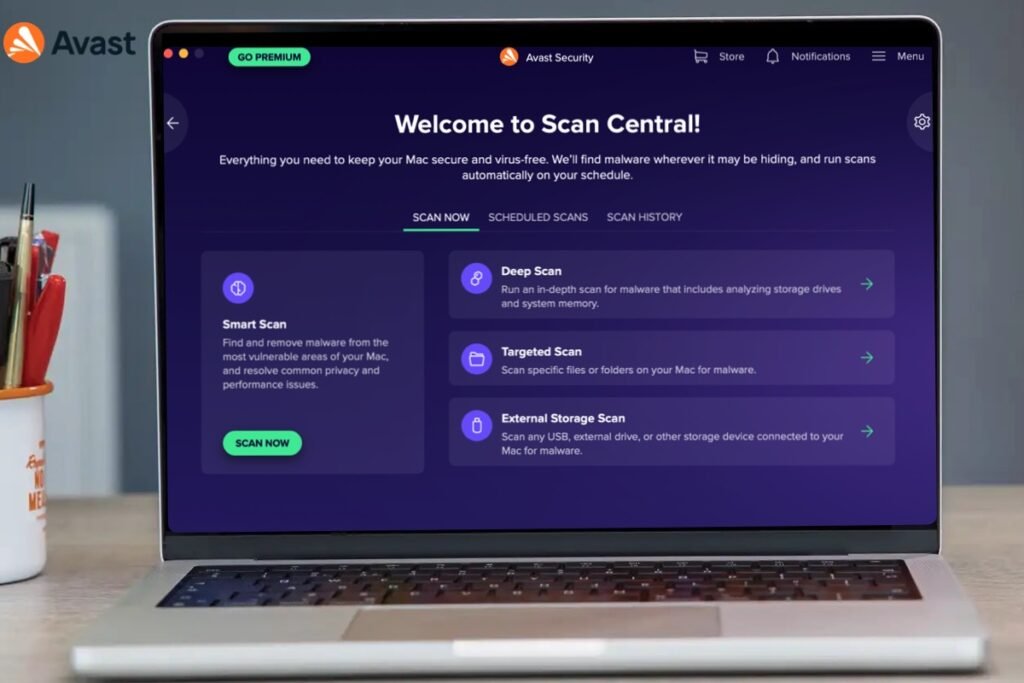Closing the cybersecurity skills gap

When most people thinking of cybersecurity and cybercrime the first thing they might think of is antivirus software or even anti-malware software. Yet how many of the students who collected their GCSEs or A Levels in the summer will know what a CISO is? A cryptographer? A threat hunter? A malware analyst? A penetration tester?
The latter may elicit giggles, but all of these absolutely essential job roles in IT security are likely to be met with blank faces by the vast majority of students starting to think about their future career.
Despite the UK’s cybersecurity sector being worth over $5 billion and widely regarded as the largest in Europe, it suffers from a real (and growing) scarcity of talent. More than half of all businesses and charities are facing a basic technical cybersecurity skills gap, falling to 18% in the public sector.
We hear so much about how the younger generation are inseparable from their devices and can master new technologies and apps far faster than their older peers. At the same time, we also hear about (or experience) the damage of data breaches and hacks to personal accounts, companies, and national infrastructure.
In this current digital-first climate, why then are we not seeing more young people pursue careers in IT security? This is even more puzzling when we consider the rising cost of a university education and growing scrutiny of the value of degrees. To put it in perspective: the average annual salary for jobs in cybersecurity is £72,500 and could be higher for pentest jobs, a good deal more than the average grad salary of £23,000. It’s not only our young people who are potentially missing out – but the UK economy too.
About the author
James Lyne is the CTO at the SANS Institute.
A threat to national secur
Be the first to write a comment.



